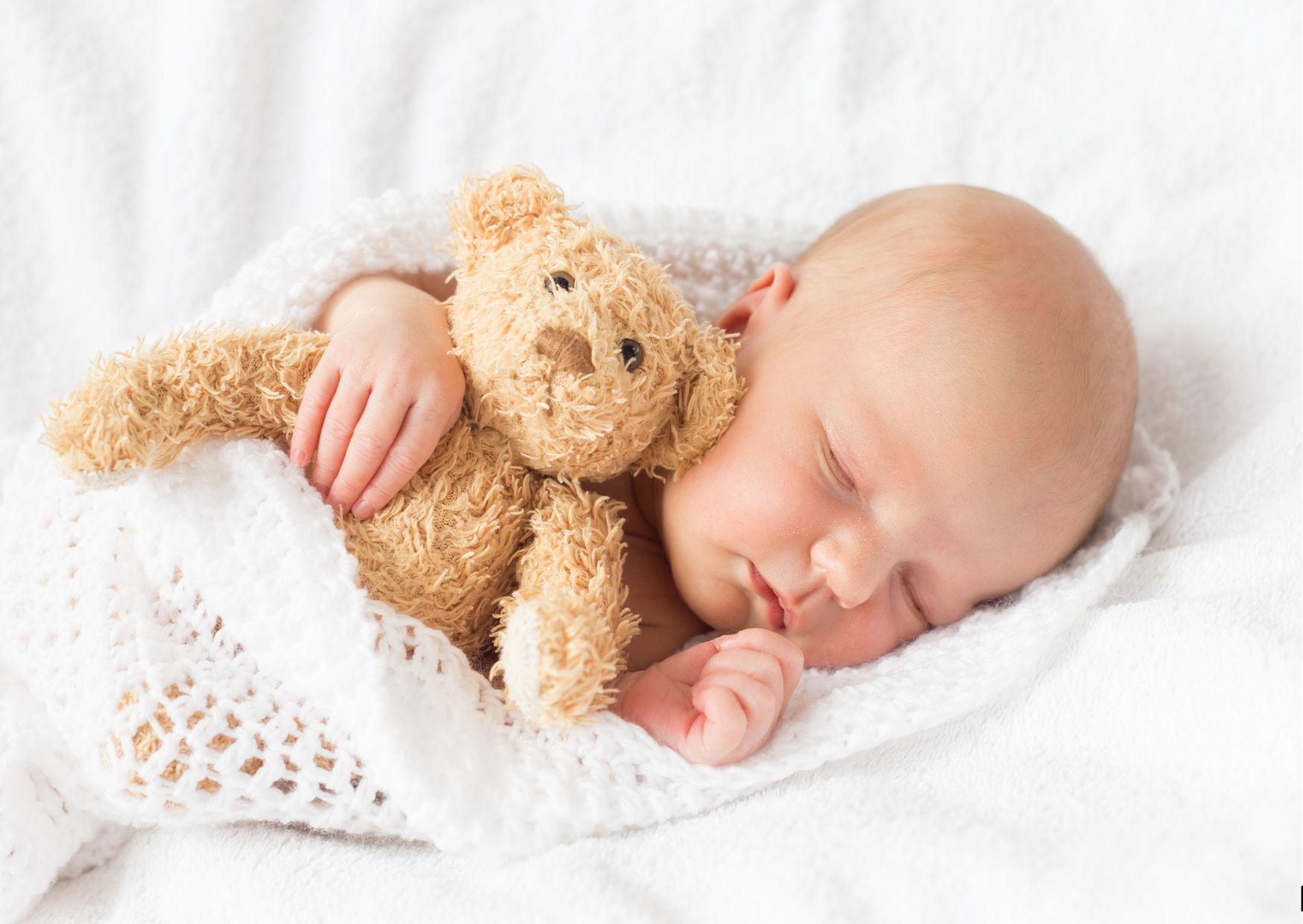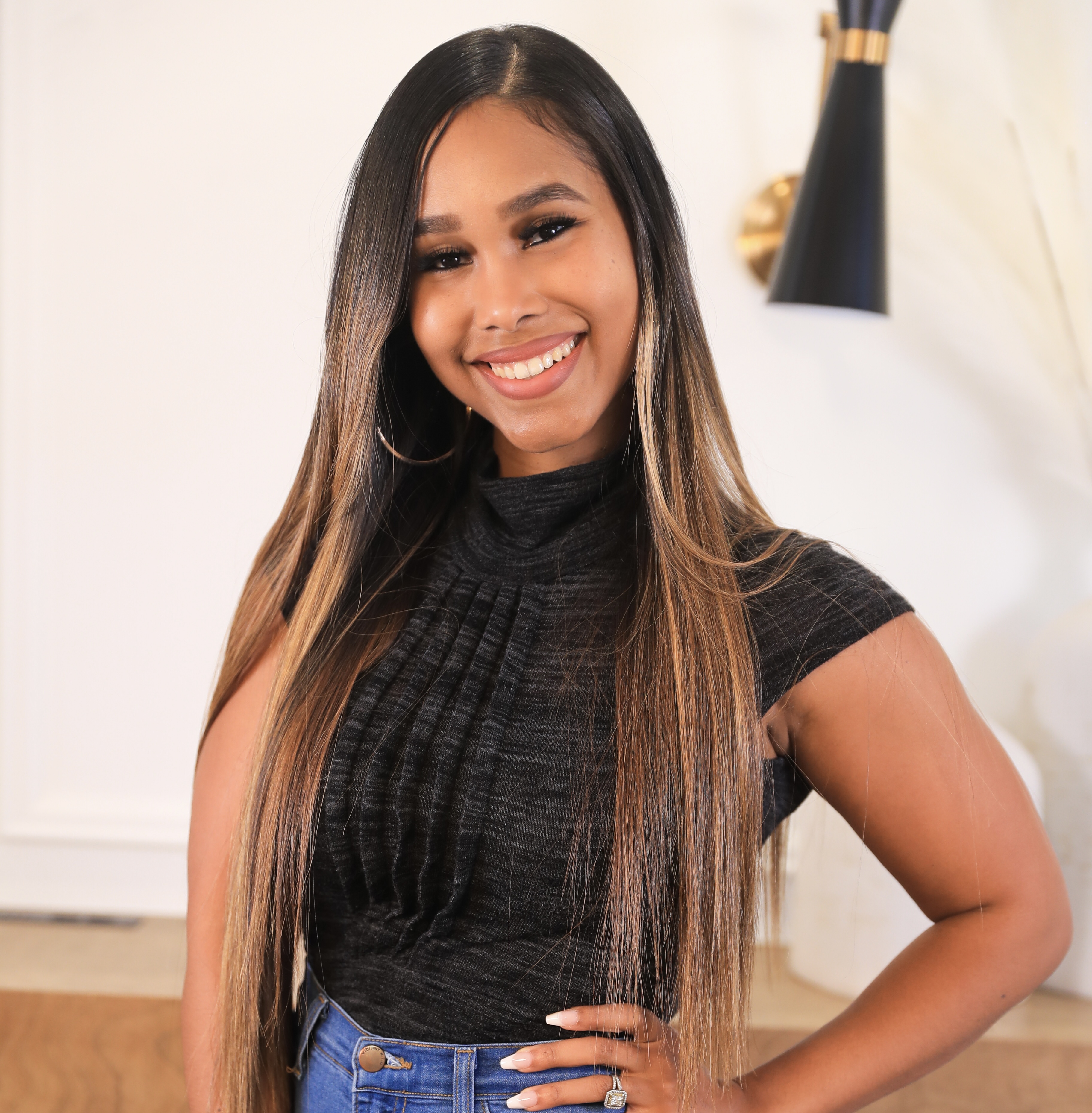
7 Newborn Sleep Myths Parents Should Ignore

There is enough to worry about as a new parent without being confused or troubled by mere myths. Let's debunk some of the most common myths with recent studies and statistics to help you navigate your baby's sleep better.
Myth 1: Babies Should Sleep in a Light Room During the Day
Many parents believe that keeping the room light during the day helps their baby distinguish between day and night. However, recent studies show that daytime and nighttime mean very little to newborns. Instead, regulating their circadian rhythm by maintaining consistent wake-up and bedtime routines is more effective. Babies actually find the dark comforting, promoting the release of melatonin, which helps them settle and sleep well.
Myth 2: Babies Don't Need Much Day Sleep if They Sleep Well at Night
Contrary to this belief, daytime sleep and nighttime sleep are intrinsically linked. A baby who naps well during the day is more likely to sleep well at night. Poor napping can lead to overtiredness, negatively impacting night sleep. Overtired babies tend to be restless at night and wake up more frequently during the night. Ensuring your baby gets the appropriate amount of day sleep is crucial for overall sleep quality.
Myth 3: Babies Younger Than 6 Months Can't Sleep Through the Night
While it's true that newborns have shorter sleep cycles, many babies as young as 6 weeks old can sleep through the night if all factors align. These factors include a consistent sleep environment, appropriate feeding, and swaddling for newborn babies.

Myth 4: Newborns Cannot Self-Soothe
Newborns should be handled gently and nurtured attentively, but you can absolutely teach a newborn to self-soothe with gentle, age-appropriate techniques. Newborns can fall asleep in their crib independently and self-soothe in the middle of the night when they are healthy, well-fed, and appropriately rested in the daytime.
Myth 5: Babies Can "Catch" SIDS
Sudden Infant Death Syndrome (SIDS) is not caused by an infection, so it cannot be caught or spread. It's crucial to follow safe sleep practices, such as placing babies on their backs to sleep, using a firm sleep surface, and avoiding soft bedding or stuffed toys in the crib. These measures significantly reduce the risk of SIDS.
Myth 6: Babies Are Safer When They Share the Same Bed as Parents
Co-sleeping can increase the risk of suffocation and other sleep-related causes of infant death. Instead, room sharing—keeping the baby's sleep area separate from the parents' sleep area in the same room—is recommended. Bedside bassinets with rigid sides are helpful for this purpose. This practice reduces the risk of SIDS and other sleep-related deaths.

Myth 7: Soft Blankets and Pillows Keep Babies Comfortable and Safe
Using too many blankets, pillows, or wedges around the baby can actually increase the risk of SIDS. It's recommended to use a swaddle (for babies under 12 weeks) to keep the baby safe and comfortable. Soft bedding can overheat the baby and pose a suffocation hazard.
Newborn Sleep Help
Newborns can sleep much better than most people think they can. Some sleep well naturally overnight and others need assistance learning how to sleep independently through the night. Consult your pediatrician if your baby may have a medical condition that causes excessive night wakings. Otherwise, consult a pediatric sleep consultant to help your newborn sleep independently and consistently through the night.
